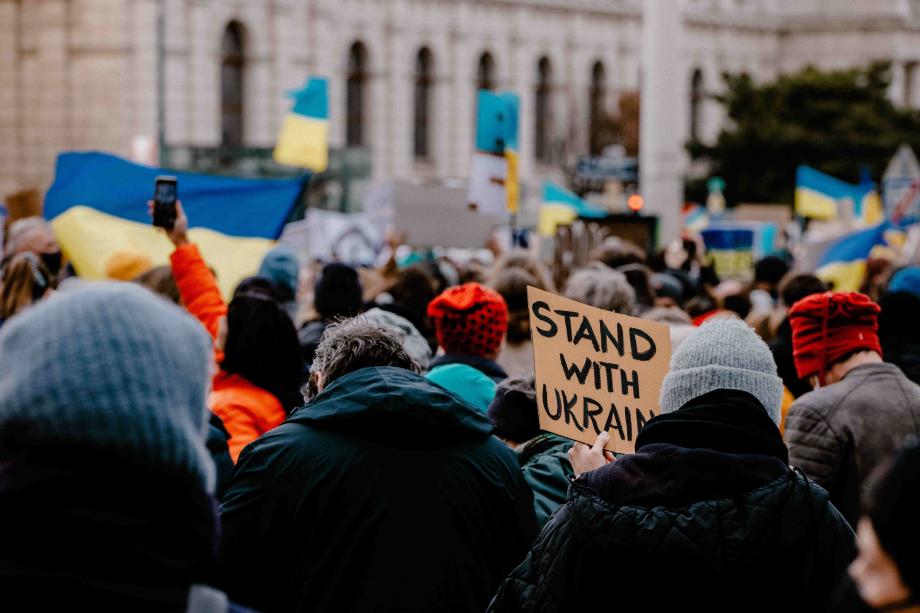How the West Can Help Ukraine: Three Strategies for Achieving a Ukrainian Victory and Rebirth

The geopolitical salience of the Russia–Ukraine War and the remoteness of Ukraine’s accession to the European Union or NATO call for intensification and modification of and innovation in current Western approaches. While some existing instruments can be strengthened and adapted, new tools are needed, accompanied by better explanations of the rationale for long-term Western aid to Ukraine. Such support is not just about international solidarity, but Western states’ national security, as well as winning not only the war but also the peace afterward and renewing rather than merely rebuilding Ukraine. Ukraine’s defence, security, transport, communications and energy infrastructures are priority areas for support.
Reconstruction should be closely linked to Ukraine’s staged accession to the EU as well as further decentralization. More direct contacts between Ukrainian and Western communities and companies could be promoted through simplified residence rules for EU and other citizens and insuring foreign investors and trading partners against political risk, among other things. Central to conditions for continuing Western help will be Kyiv’s ongoing strengthening of the rule of law and fight against corruption. Even after the current war, strong armament of Ukraine as a European frontier state will be unavoidable before the country’s full accession to NATO and beyond.
Numerous reports and briefs – some listed under further reading below – have been published in recent months dealing with one or more aspects of Ukrainians’ resistance to Russia and the prospects for reconstruction as well as European integration. These papers outline various pathways and instruments for the West to help Ukraine with its defence and revival. The present report synthesizes some of these proposals and classifies the instruments for helping Ukraine in both military and civilian terms, according to the need to set them up for the first time, accelerate them or adapt them. These needs for modification, adaptation and innovation apply, to different degrees, to various types of Western aid to Ukraine, from military and contingency support to macro-financial, humanitarian, and technical assistance, and modernization and reconstruction, as well as European integration. Several of the proposals set out below are also applicable to Moldova and Georgia, which are involved in protracted conflicts with Russia and could, at some point in the future, suffer a similar fate to Ukraine’s.
This report focuses on just some of the challenges often discussed in previous publications. For reasons of brevity, it leaves out other relevant themes, such as Moscow’s accountability and reparations, confiscation of frozen Russian assets, China’s behaviour, the Lublin Triangle or the Quadriga Format, as well as the special roles of select nation states, to name but a few salient topics. The report’s second part briefly discusses specific challenges with implementation of various intensification, modification and innovation measures. It concludes with six broad policy recommendations and a note on the long-term strategic dimension of arming Ukraine.
Read the PDF below to learn more.
